|
SNAP Library 6.0, Developer Reference
2020-12-09 16:24:20
SNAP, a general purpose, high performance system for analysis and manipulation of large networks
|
|
SNAP Library 6.0, Developer Reference
2020-12-09 16:24:20
SNAP, a general purpose, high performance system for analysis and manipulation of large networks
|
#include <agmdirected.h>
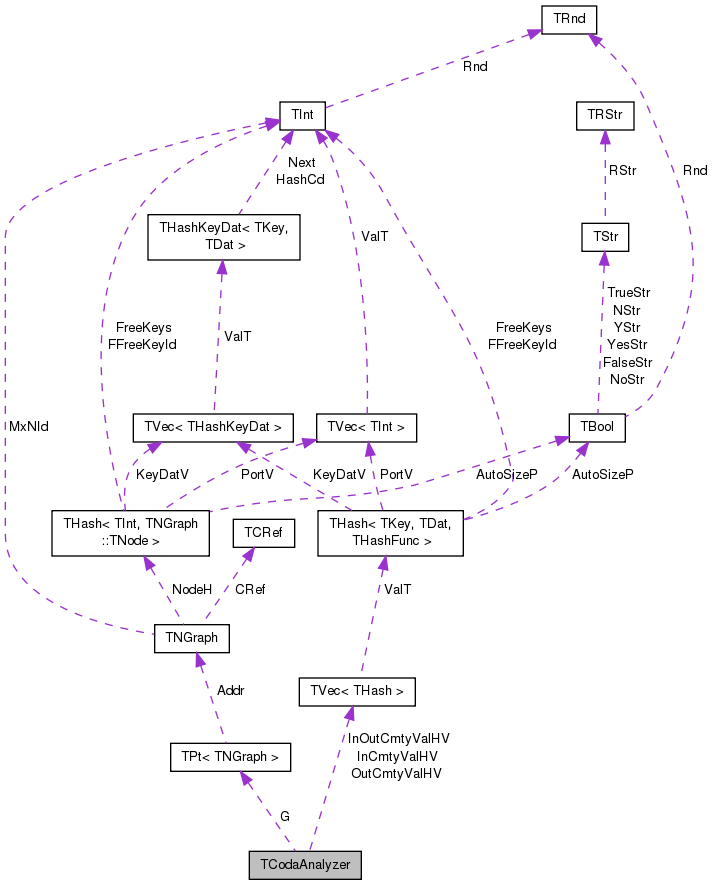
Public Member Functions | |
| TCodaAnalyzer () | |
| TCodaAnalyzer (TCoda &Coda, const double MemThres=-1.0) | |
| void | GetAllCmtyVV (TVec< TIntV > &CmtyVV, const int MinSz) |
| double | GetFrac2Mode (const double Thres2Mode=0.2, const int MinSzEach=2) |
| void | Summary (const int TopK=10, const double Thres2Mode=0.2) |
| int | GetNumComs () |
| void | GetCmtyVAll (TIntV &CmtyVAll, const int CID) |
| save bipartite community affiliation into gexf file More... | |
| PNGraph | Net2ModeCommunities (const double MaxJac, const double JacEdge, const bool GetWcc=true) |
| void | Dump2ModeCommunities (const TStr &OutFNm, const double MaxJac, const TIntStrH &NIDNameH) |
| void | Draw2ModeCommunity (const int CID, const TStr &OutFNm, const TIntStrH &NIDNameH, const THash< TInt, TIntTr > &NIDColorH) |
Public Attributes | |
| PNGraph | G |
| TVec< TIntFltH > | InCmtyValHV |
| TVec< TIntFltH > | OutCmtyValHV |
| TVec< TIntFltH > | InOutCmtyValHV |
Definition at line 198 of file agmdirected.h.
|
inline |
Definition at line 204 of file agmdirected.h.
References TNGraph::New().

|
inline |
Definition at line 205 of file agmdirected.h.
References TVec< TVal, TSizeTy >::Add(), TNGraph::GetEdges(), TCoda::GetGraphRawNID(), TCoda::GetNIDValH(), TNGraph::GetNodes(), TCoda::GetNumComs(), TCoda::GetTopCIDs(), TVec< TVal, TSizeTy >::Len(), and TCoda::PNoCom.
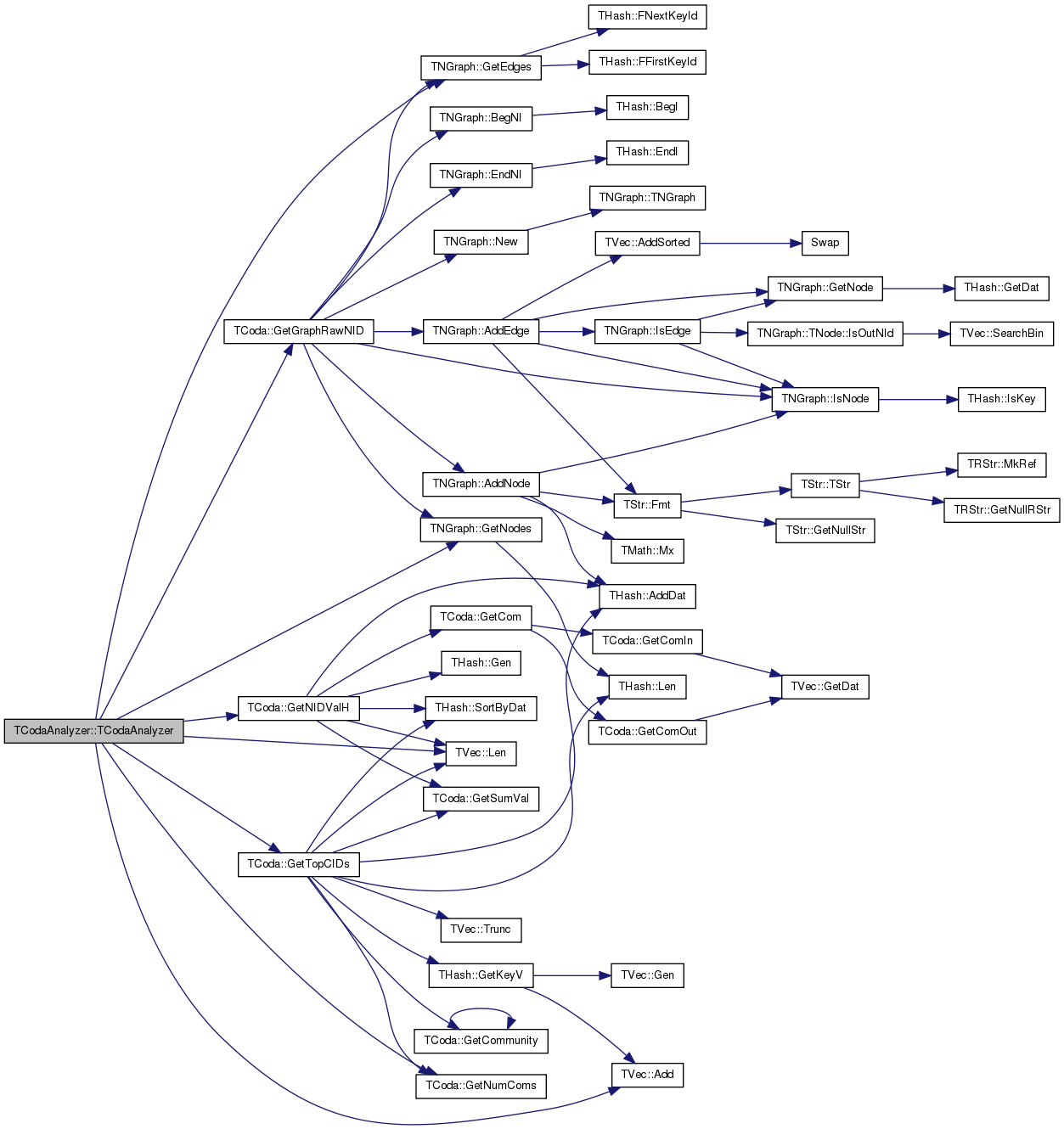
|
inline |
Plot bipartite graph for the 2-mode community
Definition at line 355 of file agmdirected.h.
References TNGraph::BegNI(), TStr::ChangeChAll(), TStr::CStr(), TVec< TVal, TSizeTy >::DelIfIn(), TNGraph::EndNI(), GetCmtyVAll(), THash< TKey, TDat, THashFunc >::GetDat(), TSnap::GetSubGraph(), THash< TKey, TDat, THashFunc >::IsKey(), TVec< TVal, TSizeTy >::Len(), TTriple< TVal1, TVal2, TVal3 >::Val1, TTriple< TVal1, TVal2, TVal3 >::Val2, and TTriple< TVal1, TVal2, TVal3 >::Val3.
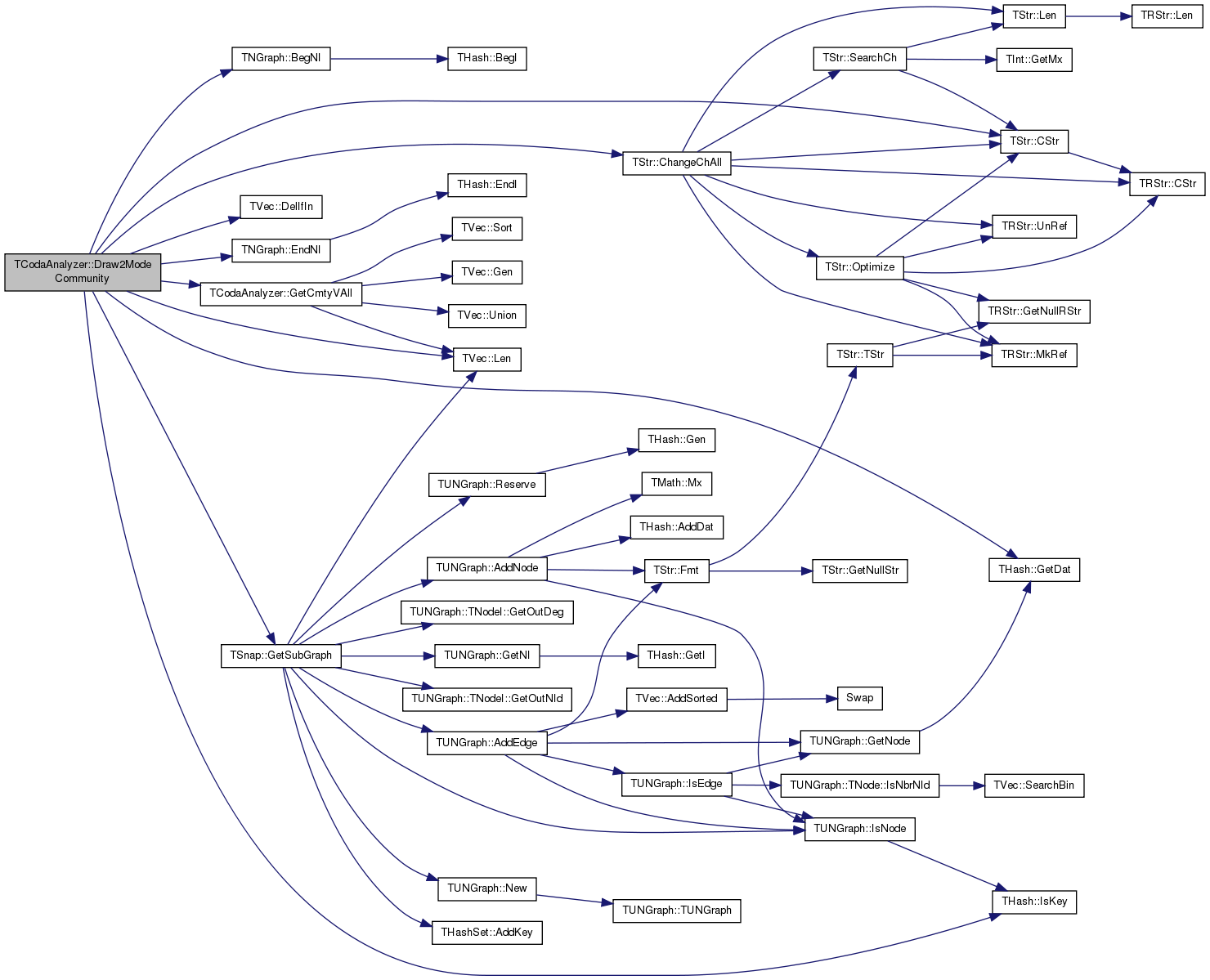
|
inline |
Definition at line 317 of file agmdirected.h.
References TStr::CStr(), TVec< TVal, TSizeTy >::DelIfIn(), TStr::Fmt(), GetCmtyVAll(), THash< TKey, TDat, THashFunc >::GetDat(), TVec< TVal, TSizeTy >::GetDat(), THash< TKey, TDat, THashFunc >::IsKey(), and TVec< TVal, TSizeTy >::Len().
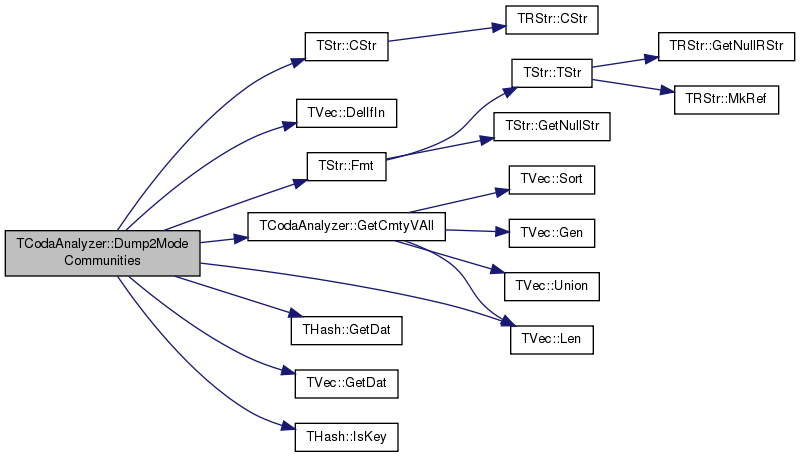
Definition at line 221 of file agmdirected.h.
References TVec< TVal, TSizeTy >::Add(), and TVec< TVal, TSizeTy >::Len().

|
inline |
save bipartite community affiliation into gexf file
Definition at line 263 of file agmdirected.h.
References TVec< TVal, TSizeTy >::Gen(), TVec< TVal, TSizeTy >::Len(), TVec< TVal, TSizeTy >::Sort(), and TVec< TVal, TSizeTy >::Union().
Referenced by Draw2ModeCommunity(), and Dump2ModeCommunities().
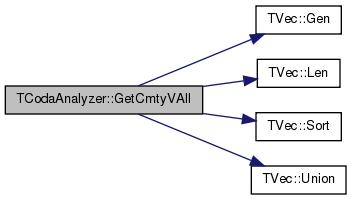

|
inline |
Definition at line 234 of file agmdirected.h.
References TVec< TVal, TSizeTy >::Len().

|
inline |
Definition at line 260 of file agmdirected.h.
References TVec< TVal, TSizeTy >::Len().

|
inline |
Definition at line 273 of file agmdirected.h.
References TVec< TVal, TSizeTy >::Add(), TNGraph::AddEdge(), TNGraph::AddNode(), TNGraph::DelNode(), TNGraph::TNodeI::GetDeg(), TNGraph::GetEdges(), TNGraph::TNodeI::GetInDeg(), TNGraph::GetNI(), TNGraph::GetNIdV(), TNGraph::GetNodes(), TNGraph::TNodeI::GetOutDeg(), TNGraph::TNodeI::GetOutNId(), TAGMUtil::Intersection(), TNGraph::IsNode(), TVec< TVal, TSizeTy >::Len(), and TNGraph::New().
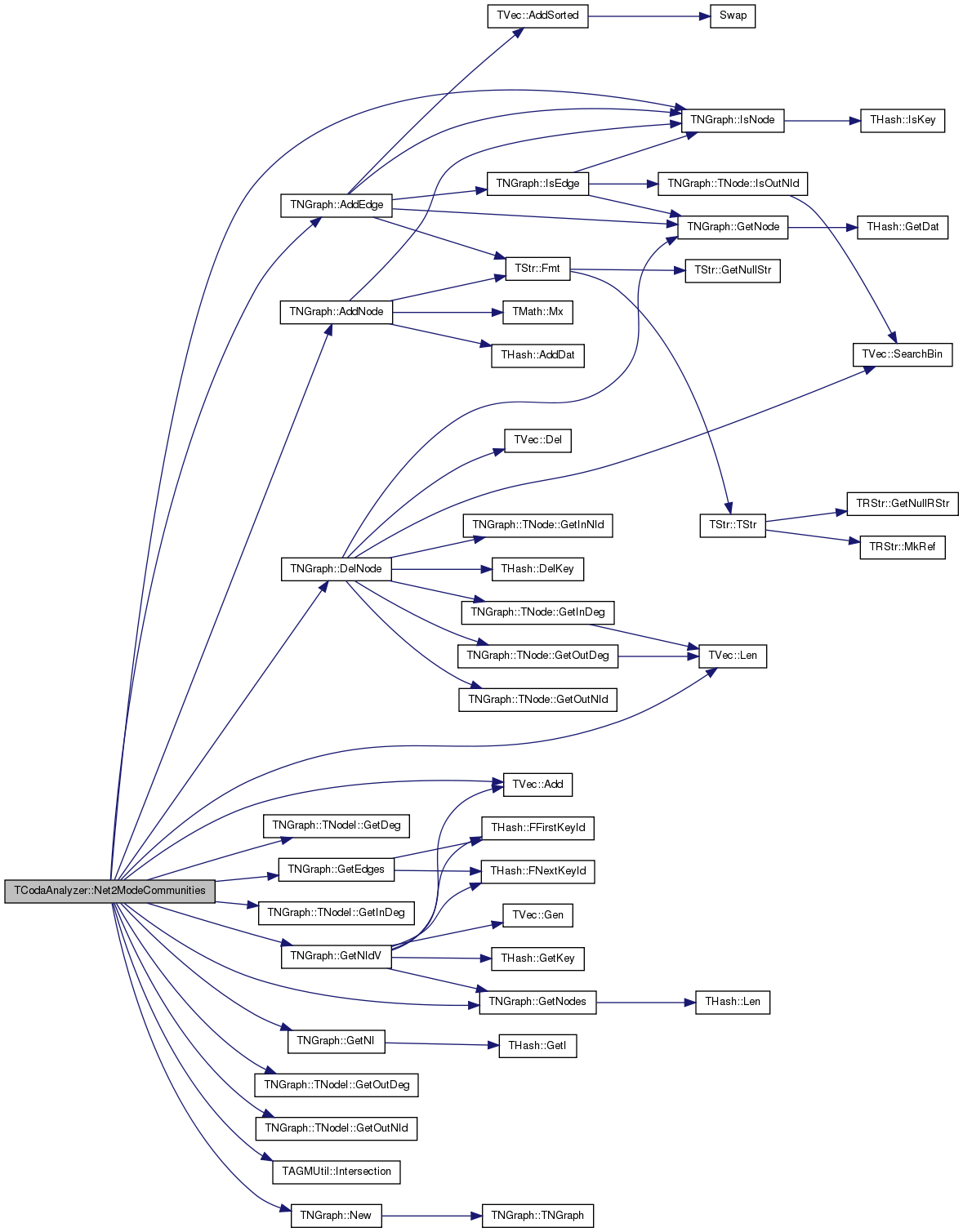
|
inline |
Definition at line 246 of file agmdirected.h.
References TVec< TVal, TSizeTy >::Len().

| PNGraph TCodaAnalyzer::G |
Definition at line 200 of file agmdirected.h.
Definition at line 201 of file agmdirected.h.
Definition at line 203 of file agmdirected.h.
Definition at line 202 of file agmdirected.h.